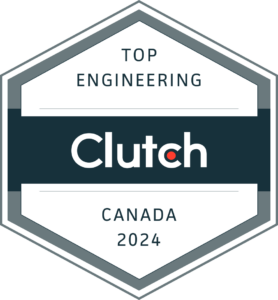Why do some products seem like great ideas, but they don’t succeed on the market? Successful products must deliver value by meeting user needs and expectations. Discovering true user needs is the primary objective of the user experience (UX) design team at the start of a new product development project.
In Designing for Product Strategy by O’Reilly Media, Inc. a key lesson about UX Strategy is: “How a team executes a discovery phase can be the deciding factor between how a product will ultimately deliver real value through a killer UX and create real value for the stakeholders.”
Eliminating false assumptions
Discovering true user needs
- User research
- Direct observation of different users in their environments
- User and stakeholder interviews
- Discovery workshops
NEW EBOOK
Demystify the design process with 7 frequently asked questions about UX
From dynamic sketches to immersive role-playing, every discipline have to be involved in this UX approach focused on creating unforgettable interactions 🚀
Discover our insights and elevate your UX design process by downloading our free ebook!

